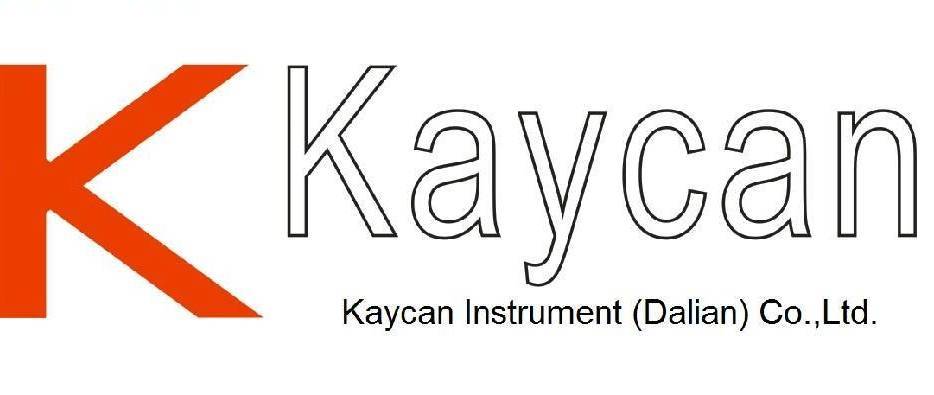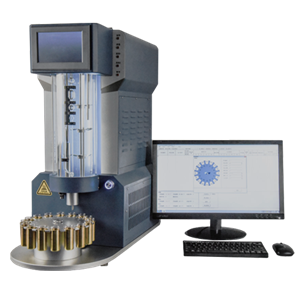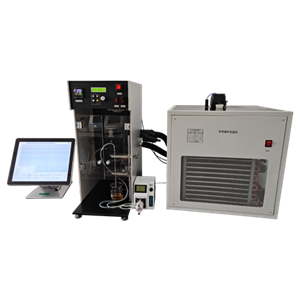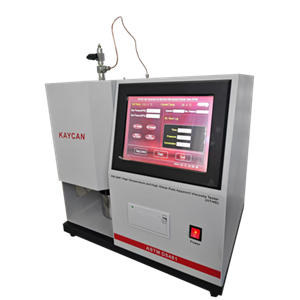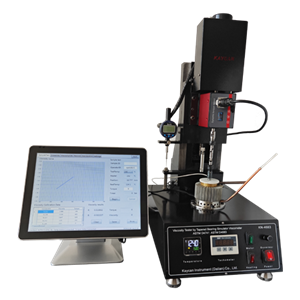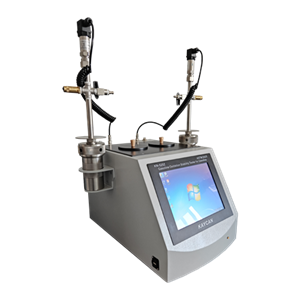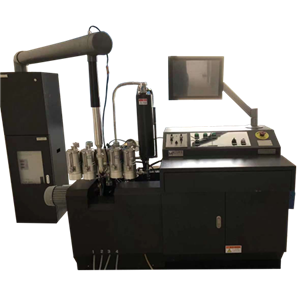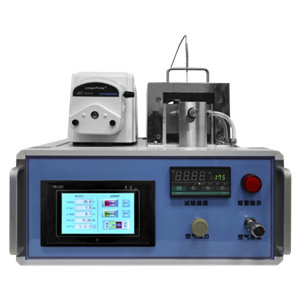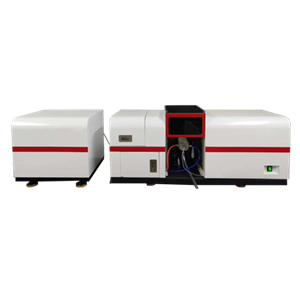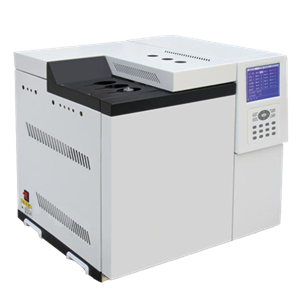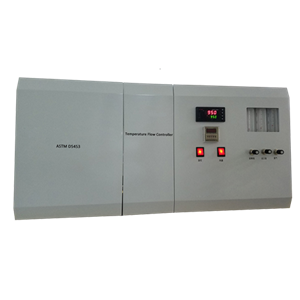-
ASTM D525 Automatic Gasoline Oxidation Stability Tester
The induction period may be used as an indication of the tendency of motor gasoline to form gum in storage. It should be recognized, however, that its correlation with the formation of gum in storage may vary markedly under different storage conditions and with different gasolines
Send Email Details -
ASTM D2699, ASTM D2700 Apparatus for Octane and Cetane Number of Spark-Ignition Engine Fuel
KN-300R Apparatus for Octane and Cetane Number of Spark-Ignition Engine Fuel conforms to ASTM D2699 Standard Test Method for Research Octane Number of Spark-Ignition Engine Fuel and ASTM D2700 Standard Test Method for Motor Octane Number of Spark-Ignition Engine Fuel. It covers the quantitative determination of the knock rating of liquid spark-ignition engine fuel in terms of Research O.N., including fuels that contain up to 25% v/v of ethanol and the quantitative determination of the knock rating of liquid spark
Send Email Details -
ASTM D6201 Intake Valve Deposit Tester (IDV)
KN-6201 Intake Valve Deposit Tester (IDV) conforms to ASTM D6201 Standard Test Method for Dynamometer Evaluation of Unleaded Spark-Ignition Engine Fuel for Intake Valve Deposit Formation. This test method covers an engine dynamometer test procedure for evaluation of intake valve deposit formation of unleaded spark-ignition engine fuels. This test method uses a Ford Ranger 2.3L four-cylinder engine. This test method includes detailed information regarding the procedure, hardware, and operations.
Send Email Details -
ASTM D3237 Lead in Gasoline by AAS
The gasoline sample is diluted with methyl isobutyl ketone and the alkyl lead components are stabilized by reaction with iodine and a quaternary ammonium salt. The lead content of the sample is determined by atomic absorption flame spectrometry at 283.3 nm, using standards prepared from reagent grade lead chloride. By the use of this treatment, all alkyl lead compounds give identical response.
Send Email Details -
ASTM D4815 Oxygenates In Gasoline By GC
Ethers, alcohols, and other oxygenates can be added to gasoline to increase octane number and to reduce emissions. Type and concentration of various oxygenates are specified and regulated to ensure acceptable commercial gasoline quality. Drivability, vapor pressure, phase separation, exhaust, and evaporative emissions are some of the concerns associated with oxygenated fuels.
Send Email Details -
ASTM D5453 Ultraviolet Fluorescence Sulfur Content
Some process catalysts used in petroleum and chemical refining can be poisoned when trace amounts of sulfur bearing materials are contained in the feedstocks. This test method can be used to determine sulfur in process feeds sulfur in finished products, and can also be used for purposes of regulatory control.
Send Email Details
